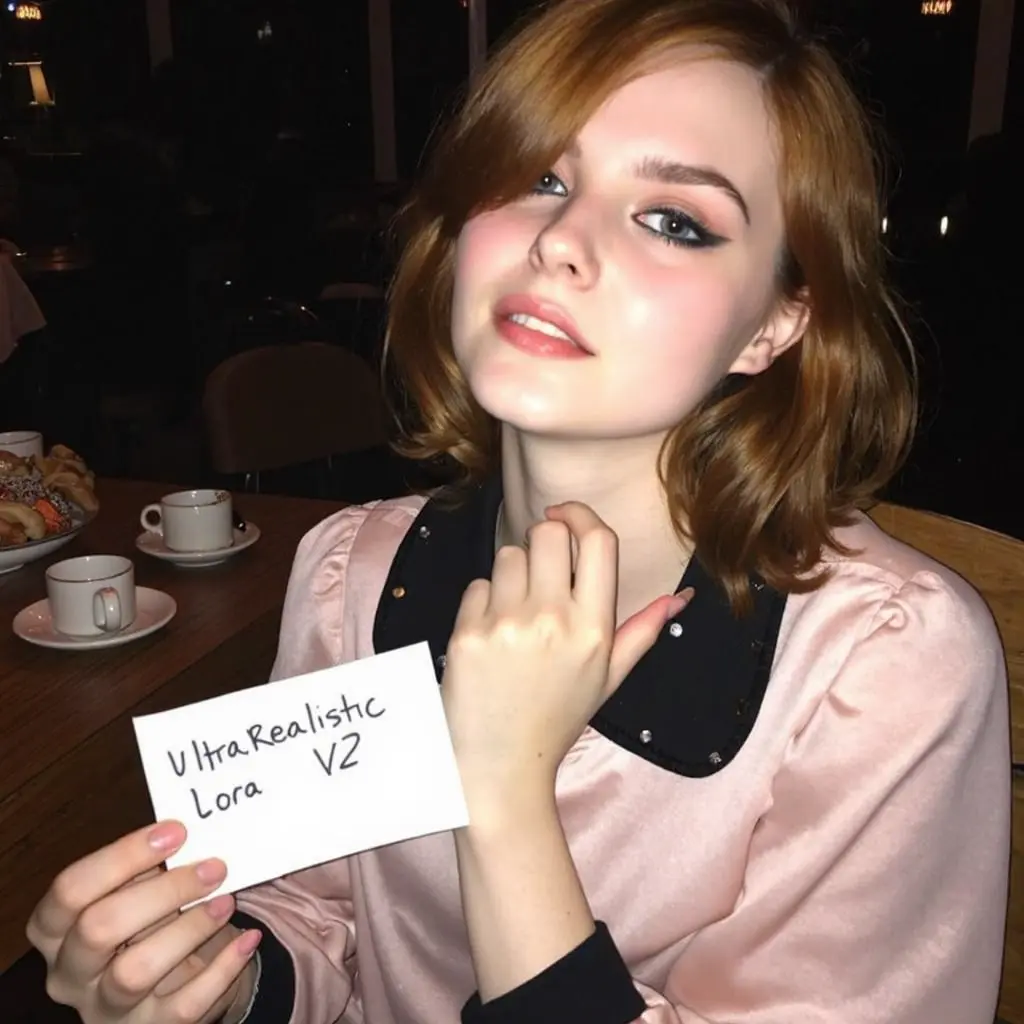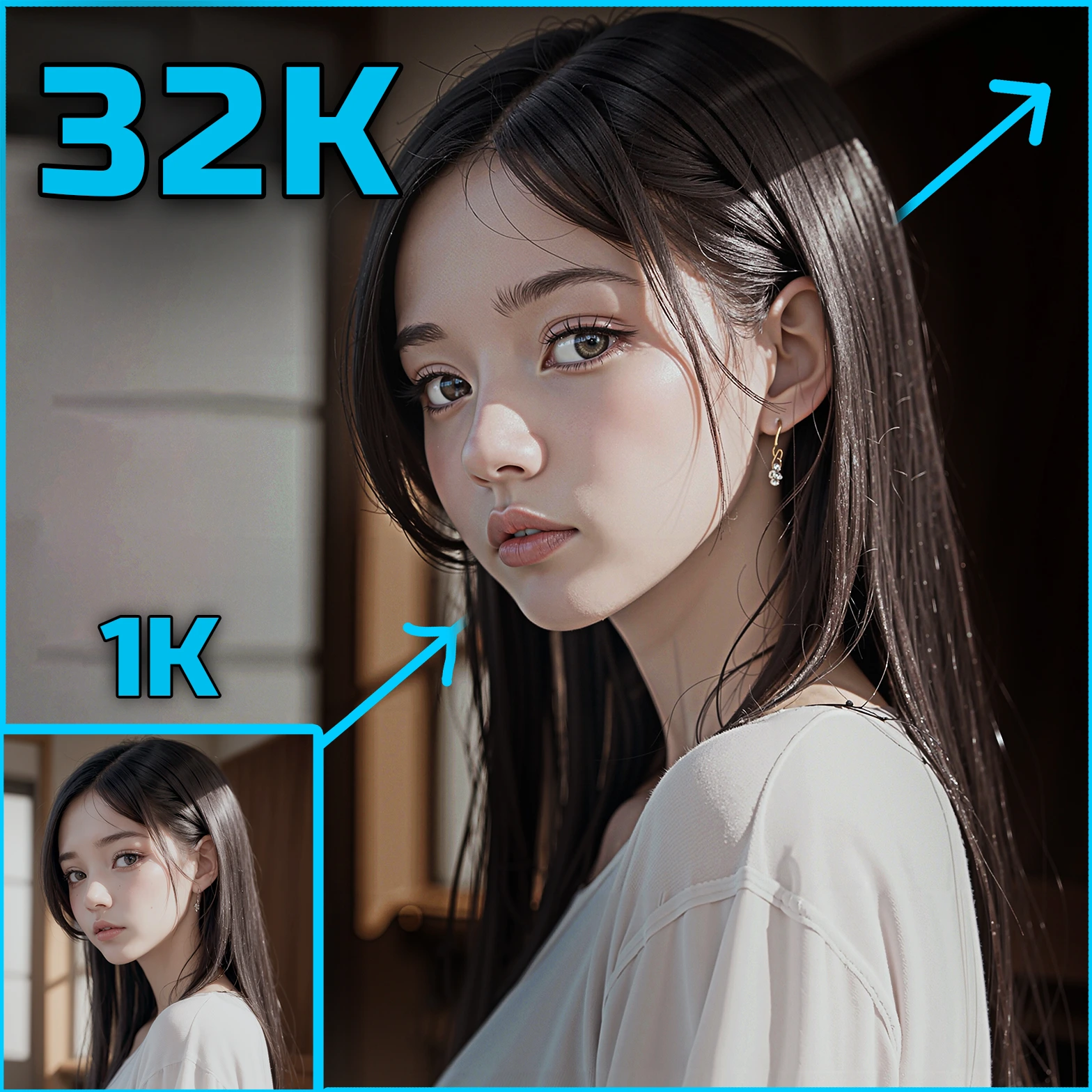ComfyUI Node: Jags-CombineMasks
JagsCombineMasks
CategoryJags_vector/CLIPSEG
jags111 (Account age: 4155days) Extension
Jags_VectorMagic Latest Updated
2025-04-02 Github Stars
0.08K
How to Install Jags_VectorMagic
Install this extension via the ComfyUI Manager by searching for Jags_VectorMagic- 1. Click the Manager button in the main menu
- 2. Select Custom Nodes Manager button
- 3. Enter Jags_VectorMagic in the search bar
Visit ComfyUI Online for ready-to-use ComfyUI environment
- Free trial available
- 16GB VRAM to 80GB VRAM GPU machines
- 400+ preloaded models/nodes
- Freedom to upload custom models/nodes
- 200+ ready-to-run workflows
- 100% private workspace with up to 200GB storage
- Dedicated Support
Jags-CombineMasks Description
Merge multiple masks into a composite mask for AI image editing, generating heatmap and binary mask for visualization and refinement.
Jags-CombineMasks:
The JagsCombineMasks node is designed to seamlessly merge multiple masks into a single composite mask, providing a powerful tool for AI artists working with image segmentation and manipulation. This node takes in up to three masks and combines them into one, allowing for more complex and nuanced image editing. Additionally, it generates a heatmap and a binary mask, which can be overlaid onto the original image to visualize the combined mask's impact. This functionality is particularly useful for tasks that require precise control over different regions of an image, such as inpainting, object removal, or creative transformations. By converting the combined mask into different visual formats, the node helps you better understand and refine your image processing workflows.
Jags-CombineMasks Input Parameters:
input_image
The input_image parameter is the original image onto which the combined mask and its visual representations will be overlaid. This image serves as the base for all subsequent operations and visualizations. It is essential for ensuring that the heatmap and binary mask align correctly with the original content. The input should be an image tensor.
mask_1
The mask_1 parameter is the first mask to be combined. This mask is a tensor that represents a specific region or feature within the input image. It is a required parameter and plays a crucial role in defining the initial part of the combined mask.
mask_2
The mask_2 parameter is the second mask to be combined. Similar to mask_1, this mask is a tensor that highlights another region or feature within the input image. It is also required and contributes to the overall composite mask.
mask_3
The mask_3 parameter is an optional third mask that can be included in the combination process. This mask allows for even more detailed and complex mask compositions. If provided, it will be added to the combined mask along with mask_1 and mask_2.
Jags-CombineMasks Output Parameters:
Combined Mask
The Combined Mask output is the result of merging the input masks (mask_1, mask_2, and optionally mask_3). This tensor represents the final composite mask, which can be used for further image processing tasks or as a standalone mask.
Heatmap Mask
The Heatmap Mask output is a visual representation of the combined mask, overlaid onto the original image using a colormap (e.g., viridis). This heatmap helps you visualize the intensity and distribution of the combined mask across the image, making it easier to understand the mask's impact.
BW Mask
The BW Mask output is a binary (black and white) representation of the combined mask, also overlaid onto the original image. This binary mask provides a clear and straightforward visualization of the masked regions, useful for tasks that require precise delineation of areas within the image.
Jags-CombineMasks Usage Tips:
- Ensure that all input masks (
mask_1,mask_2, and optionallymask_3) are properly aligned with theinput_imageto avoid misalignment issues in the combined mask. - Use the
Heatmap Maskoutput to get a quick visual understanding of how the combined mask affects different regions of the image, which can be particularly useful for debugging and refining your masks. - Experiment with different combinations of masks to achieve the desired effect, especially when working on complex image editing tasks that require multiple regions to be masked simultaneously.
Jags-CombineMasks Common Errors and Solutions:
Invalid dimensions
- Explanation: This error occurs when the dimensions of the input image or masks are not valid or do not match.
- Solution: Ensure that the input image and all masks have the same dimensions. Check that none of the dimensions are zero or undefined.
Mask tensor is None
- Explanation: This error happens when one of the required mask tensors (
mask_1ormask_2) is not provided or isNone. - Solution: Make sure to provide valid tensors for both
mask_1andmask_2. These are required parameters and cannot be omitted.
Dimension mismatch between image and masks
- Explanation: This error occurs when the dimensions of the heatmap or binary mask do not match the dimensions of the input image.
- Solution: Verify that the resizing operations for the heatmap and binary mask are correctly applied to match the input image dimensions. Ensure that the
resize_imagefunction is working as expected.
Jags-CombineMasks Related Nodes
RunComfy is the premier ComfyUI platform, offering ComfyUI online environment and services, along with ComfyUI workflows featuring stunning visuals. RunComfy also provides AI Models, enabling artists to harness the latest AI tools to create incredible art.



